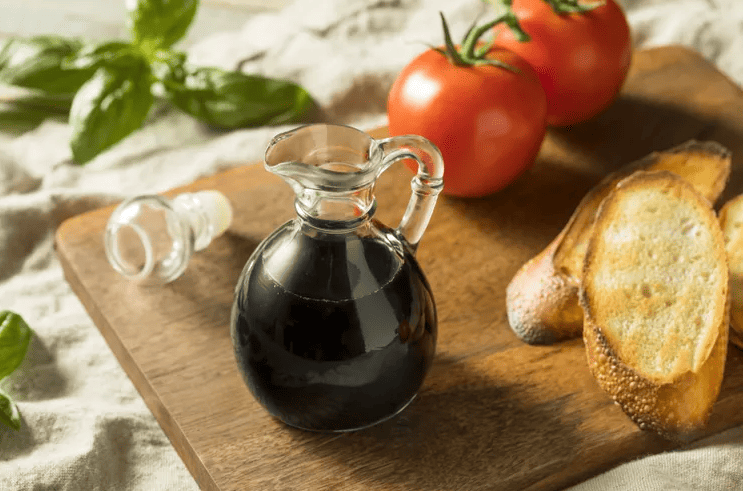Delicious and versatile, balsamic vinegar adds a burst of flavor to various dishes. But have you ever wondered about the factors that set it apart? This guide will take you on an insightful journey into the realm of this beloved kitchen staple.

The Essence of Balsamic Vinegar
Balsamic vinegar, also known as aceto balsamico, traces its roots to Italy. Its true essence lies in its purest form, crafted solely from grape must aged for years or even decades in wooden casks. The result is a dark, rich, sweet-tangy flavor that adds depth to any culinary creation. While traditional balsamico is the epitome of quality, other variations have emerged.
Unraveling the Three Categories
First, the traditional balsamic vinegar, adorned with the DOP stamp, signifies the highest quality available. Strictly adhering to Italian tradition, it must be crafted from 100% grape must from specific Italian regions, aged in wooden casks for a minimum of 12 years, and offers an exquisite, syrupy consistency.
The IGP balsamic vinegar of Modena comes next, presenting an excellent option with a protected geographical indication. Although less strict, it still showcases exceptional quality, crafted with must from the same grape varietals and aged for a minimum of 60 days.
Lastly, the commercial-grade type encompasses a broader range of products, allowing for more flexibility in production methods, ingredients, and flavor profiles.

The Art of Balsamic Vinegar Making
Crafting balsamic vinegar involves fermenting and aging grape must. The grapes play a crucial role, and DOP and IGP vinegar are exclusively made from seven specific grape varietals, chosen for their quick fermentation process: Sangiovese, Lambrusco, Trebbiano, Ancellotta, Albana, Fortana, and Montuni. The grape must is cooked to concentrate the natural sugars, followed by fermentation and aging in wooden casks, progressing into smaller vessels over time.
Storing Balsamic Vinegar
Preserve the freshness and quality of vinegar in a tightly sealed bottle in a cool, dark place away from direct sunlight. Unlike many other pantry staples, avoid refrigerating it, as this may lead to thickening.
Using Balsamic Vinegar
For the finest traditional balsamic vinegar, drizzle it over fresh strawberries or pair it with nutty Parmesan cheese. Elevate your culinary creations by adding a touch of vinegar to risotto, vanilla ice cream, creamy panna cotta, or even salads. However, for daily use in dressings, sauces, and glazes, IGP or commercial-grade vinegar offer excellent versatility, complementing caprese salads, balsamic chicken, and vegetable dishes with finesse.

Prolonging Shelf Life
With proper storage, balsamico boasts an impressive shelf life. When stored correctly, it can last up to five years, retaining its flavor and integrity. For the most exquisite taste experience, consume it within three to five years of opening the bottle.